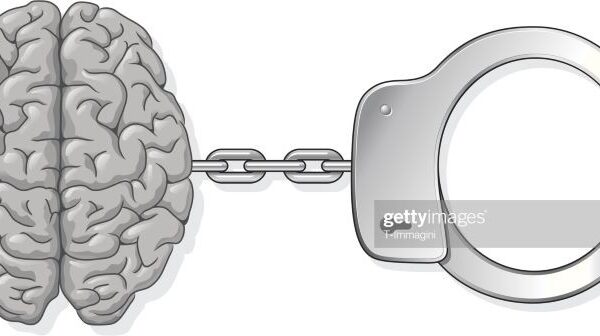I am sure we all have experienced coming out of an inordinately long meeting and wondering what the hell just passed by! More prominently, you would also remember heading straight to the nearby cafe (after that meeting) to get some shots of caffeine, to see you through the rest of the day! Not to generalise, but there are high chances that you have witnessed a meeting of extroverts gone incredibly uncontrolled!
Extroverts, by nature, are full of information and are always confident in sharing them across varied audience. They are the energetic go-getters in the team, who look for opportunities to express themselves. Talking comes naturally to them. Their brains run faster than the words coming out! They also have the ability to make the smallest of the achievements look larger-than-life!
Extroverts seem to have solution for everything – from the world’s hunger problem to global warming, but most do not know when to stop talking and how to let others speak (harsh but true)!
Now, imagine yourself having to handle a meeting full of extroverts! It could just be a round table meeting to get weekly statuses or a brainstorming meeting intended to come up with a future road map of your division! If you are unprepared, believe me, the outcome would make the nearby coffee vendor, earn a fortune!
So, how do you bell the cats, extract meaningful information and also give fair opportunity to the odd Introverts, all within the stipulated duration? Remember, time is the essence here and getting the best productive discussion in limited time is indeed an art!
Here are the 5 things that could possibly help you in the situation!
1- Insist on a templatized presentation deck, and ensure it is pre-filled before the meeting!

Templates help bringing in uniformity to the discussion and insisting that it is filled before the meeting will help in streamlining the thought process of the attendees and bringing in a structure to the meeting.
While extroverts might still try and solve the world’s hunger problem even within the template, it will be easier to address digressions, since you would know the content of presentation upfront.
2- Insist on having a time-box approach for each person!

If its a round-the-table meeting, per-person time should be earmarked and communicated upfront. This will avoid having the first few speakers taking majority of the time, while others are left to scramble for time!
If its a brain-storming discussion, it would be better to allow each person to speak once (with a pre-fixed duration) before its wide open for debate.
3- Appoint a time-keeper for such meetings

Many of us hesitate to appoint a time-keeper for the meetings! For the appointed time-keepers, it sometimes becomes a tricky situation to stop someone from speaking or remind them that their time is up!
In order to avoid spill overs or to avoid the risk of meeting not achieving its objective, its better for the meeting organiser to be the time-keeper or appoint a time-keeper from amongst the attendees. In some meetings, external time-keepers are arranged who are not-connected to the group and are not afraid of reminding the group on time.
4- Interrupt the meeting to keep a tab on time-compliance

“How are we doing on time?”, “Lets take it offline”, “We are digressing from the matter”, “10 mins to go, please start summarising”, “Please conclude with Action Items” etc., are perfectly valid statements to make, to ensure time compliance.
Simple hand gestures or props can be used to make first, second and final reminders.
Yes, there will be people who might get offended initially, but over a period of time, the team will get habituated and even specialise in packaging information to suit time-compliance.
5- Work with the talkatives offline on areas of fine-tuning their updates!

All said and done, its not just the handling of the meeting which is important, but equally important is handling the extroverts before and after the meeting!
A quick feedback on how they could channelise their energies, where they could cut short and where they could elaborate will help them become better at presentation. The idea is to first get the buy-in about the importance of time-adherence of meetings. From then on, its a matter of being an editor and helping them make the perfect cuts, so the eventual content presented is crisp and clear!
Hope you liked the article. Please leave your comments on any additional ideas, thoughts you get when you think about this topic. Will be happy to hear them.
(published Mar 2017)







